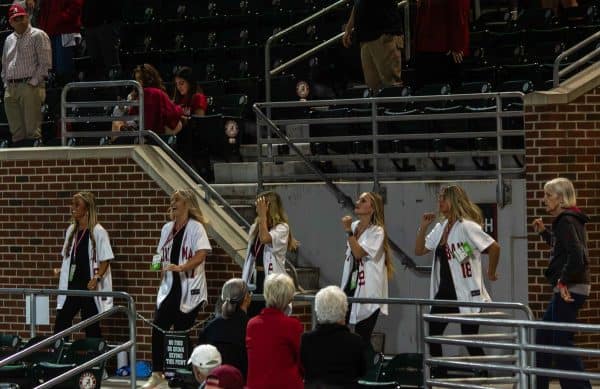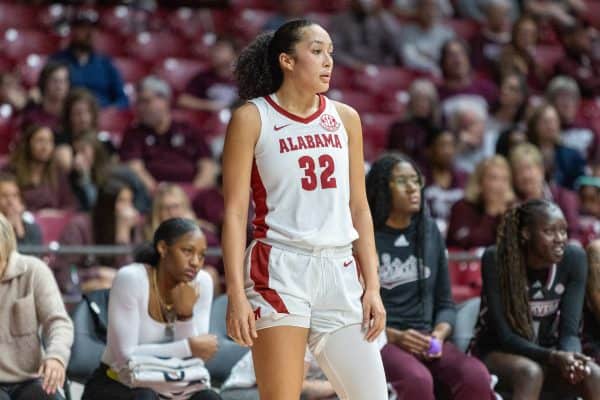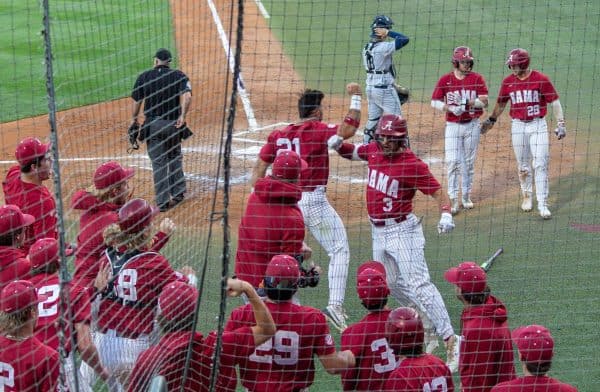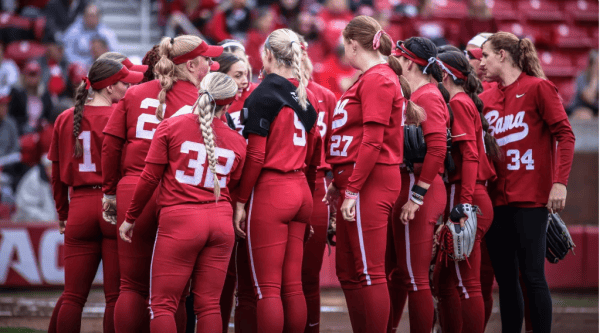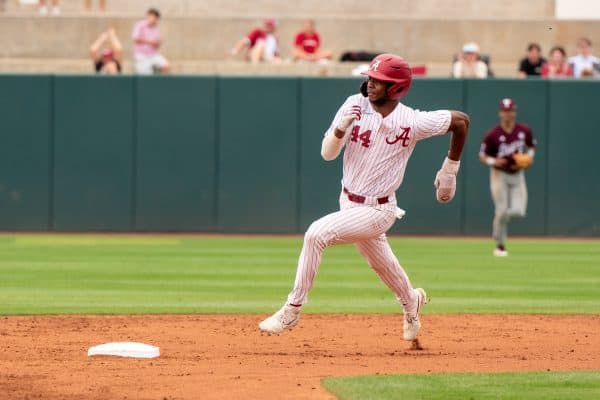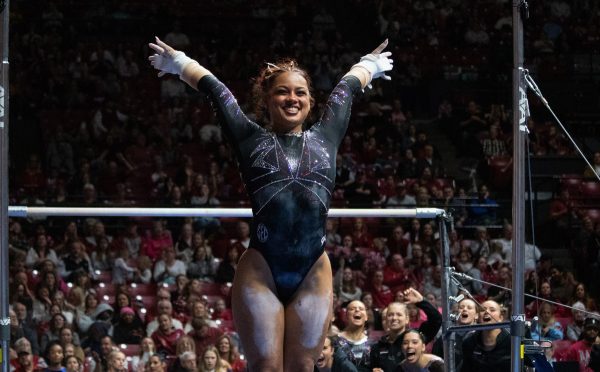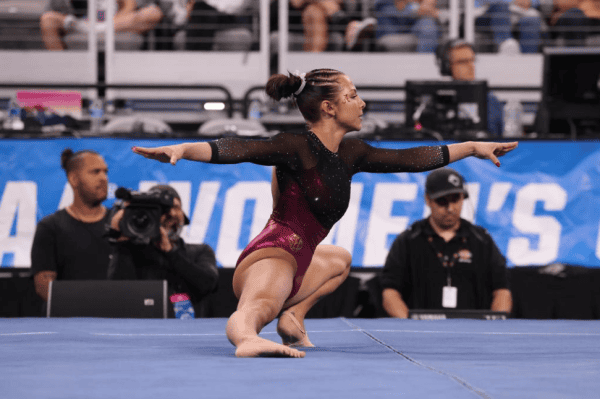Dynamic triple option travels to Bryant-Denny
November 15, 2018
Alabama faces a challenge on Saturday that it hasn’t seen since 2011: the triple option.
The last time Alabama faced the triple option was in its 2011 win over Georgia Southern. In that game, the Alabama defense, which had been giving up just 51.9 yards a game, was shredded for 302 rushing yards.
It was only the third time all season that Alabama gave up more than 100 rushing yards. That 2011 defense gave up a total of 938 rushing yards all season.
Four years later, coach Nick Saban said this about the game:
“I don’t think we had a guy on that field that didn’t play in the NFL, and about four or five of them were first-round draft picks, and I think that team won a national championship but I’m not sure,” Saban said. “And they ran through our a– like s— through a tin horn, man, and we could not stop them. We could not stop them. Could not stop them.”
Now Alabama faces that test again as it welcomes The Citadel.
“This team that we face this week presents a lot of different challenges with the option game for our team, so discipline and attention to detail, playing responsibility football, controlling the ball on offense, all those things become critical in a game like this,” Saban said.
The Bulldogs are one of the few college teams that still use the triple option. Besides them, Navy, Army and Georgia Tech are the most well-known teams that run it.
Triple option teams give college teams more trouble than one would believe. Army took Oklahoma into overtime in a 28-21 loss and ran for 339 yards. In its last four games, Navy has averaged 283.75 yards on the ground per game, with 375 coming against Central Florida. Georgia Tech has rushed for over 200 yards in all but one of its games this season.
These three teams are the top three rushing teams in the country this season.
The triple option runs out of the wishbone offensive set, meaning the quarterback is under center with a full back directly behind him. On either side of the full back are two running backs, labeled the A-back and the B-back.
Normally the play starts with a read run up the middle. This means the quarterback will either hand the ball to the full back, who will run up the middle, or he will run a normal option, deciding to either tuck and run himself or pitch the ball to one of the running backs.
“You really just have to play alongside each other and stick together,” linebacker Dylan Moses said. “You have to basically clog up the middle and have an alley player coming down, making sure the seams are protected as well. There are a lot of things that go into play with a triple option team. It’s a mind game. You do one thing wrong, they’ll slice you right up the middle.”
The Citadel averages 61 rushes and 291.9 yards per game. It plays in the Southern Conference, which is a FCS division. Its rushing yards per game would rank fourth in the FBS.
B-back Lorenzo Ward leads the team with 661 yards, while quarterback Brandon Rainey, who won the starting job before The Citadel’s 38-24 win against Western Carolina, is third on the team in rushing yards, averaging 202.5 yards in his two games this season.
“I am excited for it,” Moses said. “It may be nerve-wracking for the coaches trying to come up with play calling and stuff, but I am excited. They’ll be running the ball the whole time. That’s what I live for. I am ready to run guys down, make tackles and celebrate with my teammates.”


